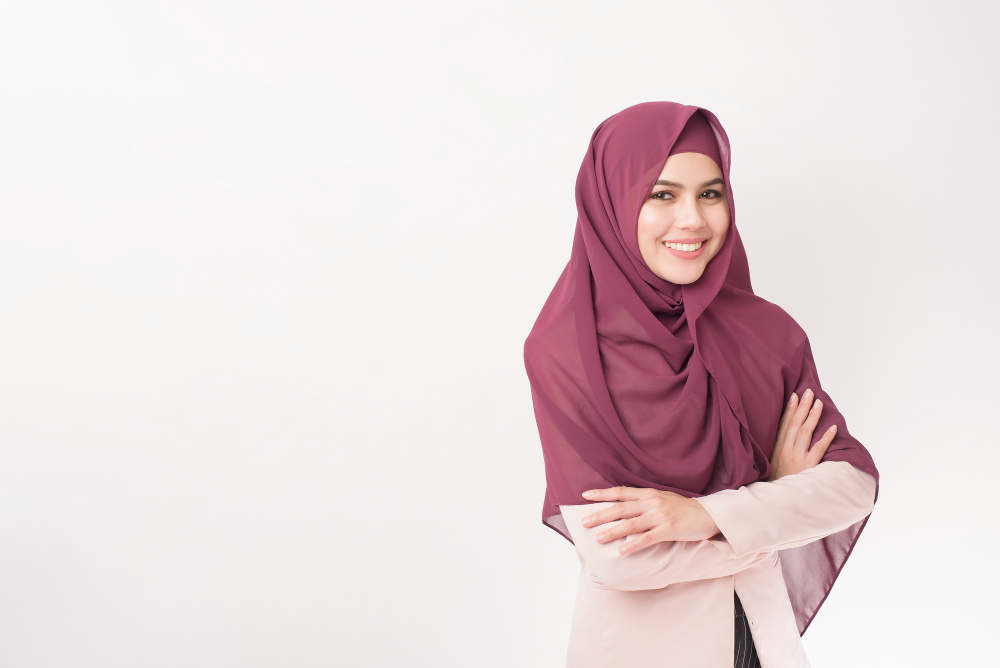Arriving in the East, it seemed to me that I had plunged into a fashion paradise. Despite the stereotypes that in Arab countries everyone wears typical closed clothes of the East, here everything is not so categorical. And even very tolerant.
Bahrain, in general, is the most tolerant country in the Middle East. There has always been a rich variety of materials, styles and a mixture of cultural traditions in clothing. Depending on the region, you could see both totally closed women in burkas and even gloves, and having already moved just a few meters, completely modernly dressed women and sometimes even half-dressed.
Today I will tell you exclusively about women’s clothing in Bahrain and the Persian Gulf.
The style of costume throughout the Middle East has been surprisingly constant for centuries.
This is partly because the clothes were well suited to the climate, acted as protection from heat, dust, and the blazing sun. Wearing traditional clothing is still supported by many Muslim countries. But in Bahrain, fashion changes and evolves with each season.
Traditional Garments
The traditional garments of the Middle East are loose-fitting, covering most of the body. The names of these garments vary from country to country, but the similarities between the garments are obvious. Linen, cotton, and woolen garments are the norm, but wealthy people wore garments made of rich fabrics with a silk base. The main types of garments were the abaya and thoba, as well as loose shirts, chemises, robes, draped cloaks, and baggy trousers. A long piece of cloth or a turban was used for the head.
Loose, baggy trousers are traditional for both sexes in the Middle East. There is a wide belt at the waist. This type of garment was ideal for agricultural work, as it did not restrict movement and protected the lumbar region of the spine. For centuries, similar types of garments were used in warfare.
Traditionally, women covered themselves from head to toe, hiding their faces when leaving the house. The Qur’an contains instructions that provide guidance on this matter, but they are not very strict. However, some modern regimes have insisted on strict adherence to this requirement.
Arab Fashion
The abaya is the traditional outer garment of Arab women. It is a thin, soft, usually black, cloak or similar to a loose dress. In the Arabian Peninsula region, this garment, combined with the sheila (shawl) and niqab (burqa), was popular among women for a very long time, even before our era and in the first centuries of our era, because of its convenience and versatility as an outer garment for outdoor wear in hot climates.
The fashion for abayas changed. For example, abayas worn on the head, cut on the bias, very voluminous, requiring a lot of fabric for sewing, and special rather complex patterns, sleeveless, but allowing you to hide everything in one fell swoop, even your hands, and not requiring a shawl for company, but easily combined with fabric covering the face, appeared after the arrival of Islam in the region, their idea was to hide all female attractiveness from the eyes of strange men. Such abayas were sewn practically without decoration, any decoration of outer street clothing was considered inappropriate in public, their main decoration was expensive fabric and a thin lace ribbon along the upper edge, worn on the head.
Gulf Countries
Since the Gulf countries began to grow economically, famous fashion designers began to work on abaya models, creating perfect works of design art on their basis. Abayas began to be sewn in complex styles, with a variety of colored inserts and embroideries, decorated with rhinestones and stones. Foreign fashion designers cannot come to terms with the complete covering of the body and hair, abayas have noticeably narrowed, often in fashion magazines the models can be seen with hair, hands painted with henna and details of clothing under the abaya. And young fashionistas are increasingly abandoning strict religious prohibitions and allowing themselves to follow the style proposed by fashion designers.
Gradually, the Gulf countries began to dictate fashion trends in other Arab countries, women’s magazines from Bahrain and the Emirates are sold in all Arab countries, many Arab families move to the Persian Gulf because of the opportunity to find high-paying work there, and bring Gulf abayas home as gifts.
Enterprising clothing manufacturers quickly picked up the fashion trend and began to sew abayas themselves under the Gulf ones, complex styles, with an abundance of multi-colored trim, rhinestones and colored inserts and embroidery, so that almost all young women who prefer closed traditional clothing have changed into such colorful abayas.
The methods of tying scarves and shawls suggested by fashion designers can also be seen more and more often in various Arab countries.
